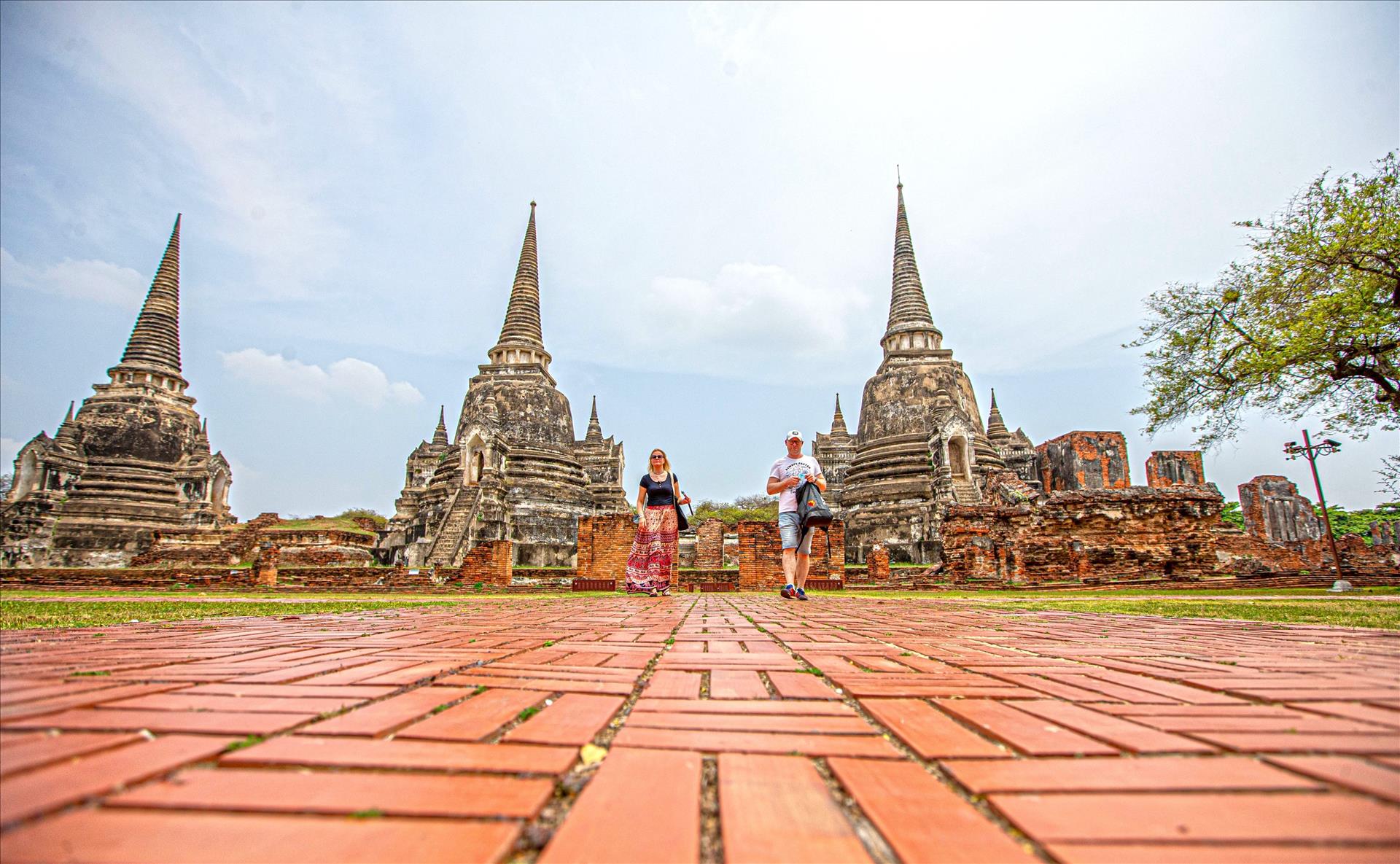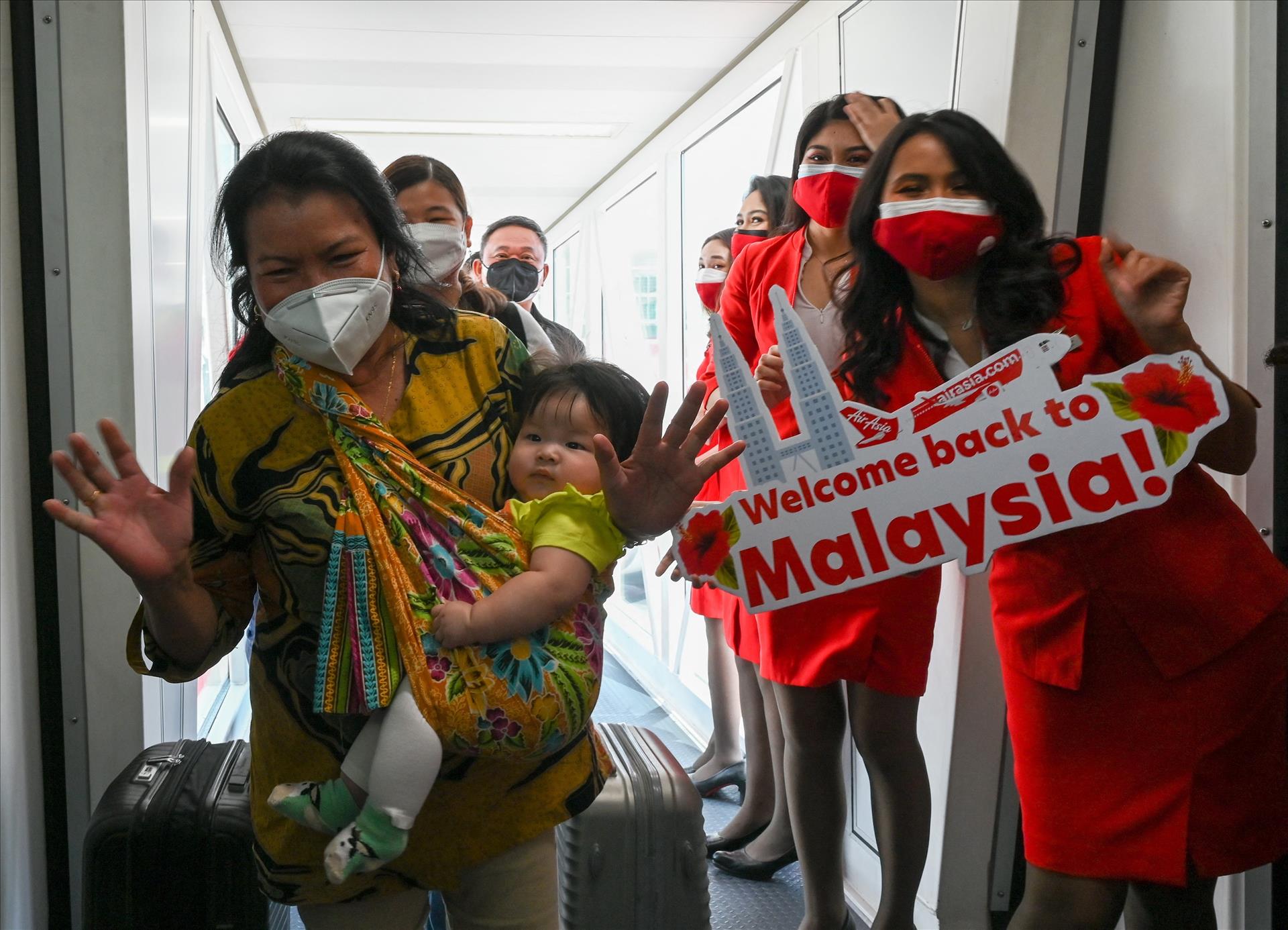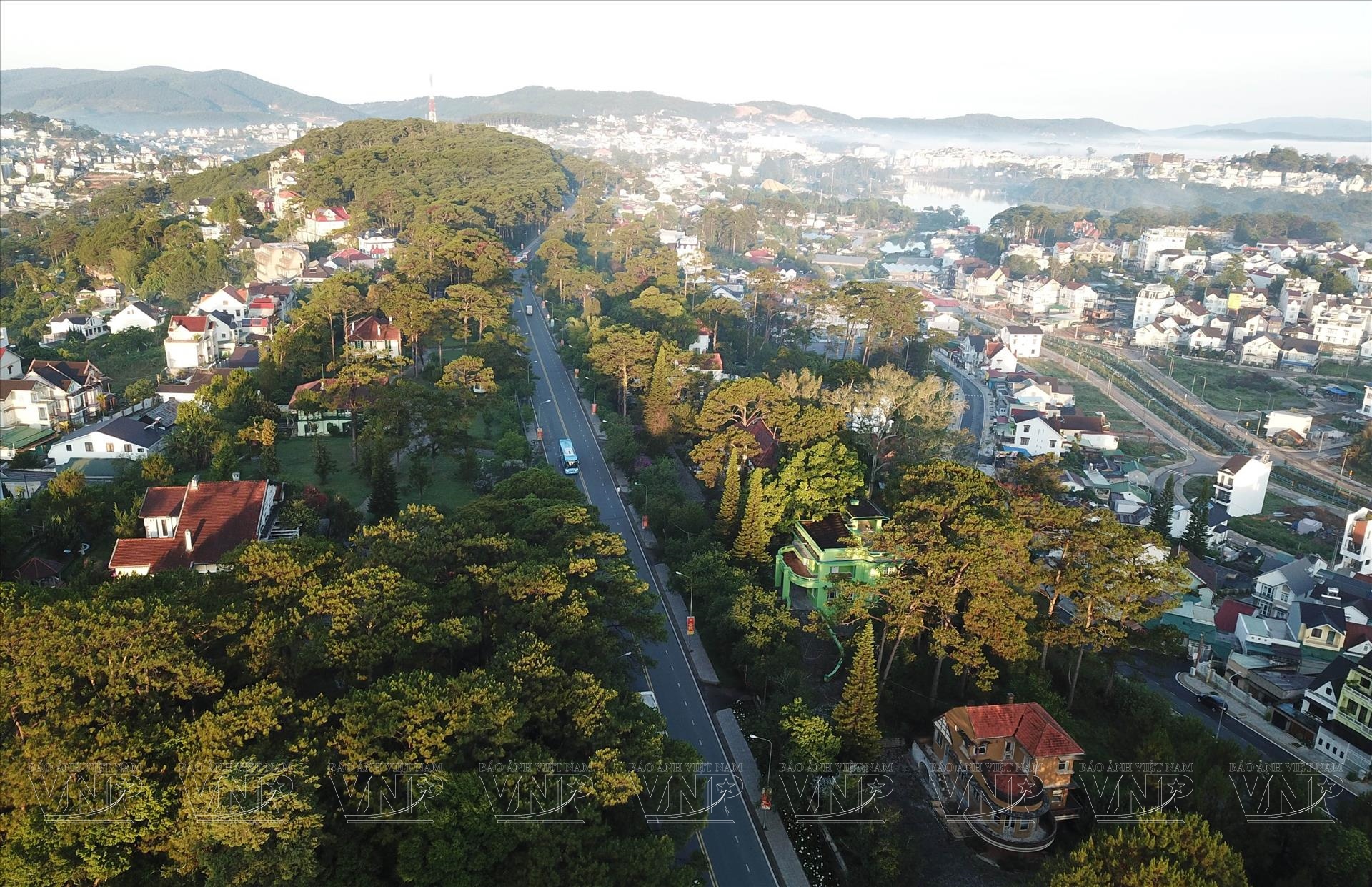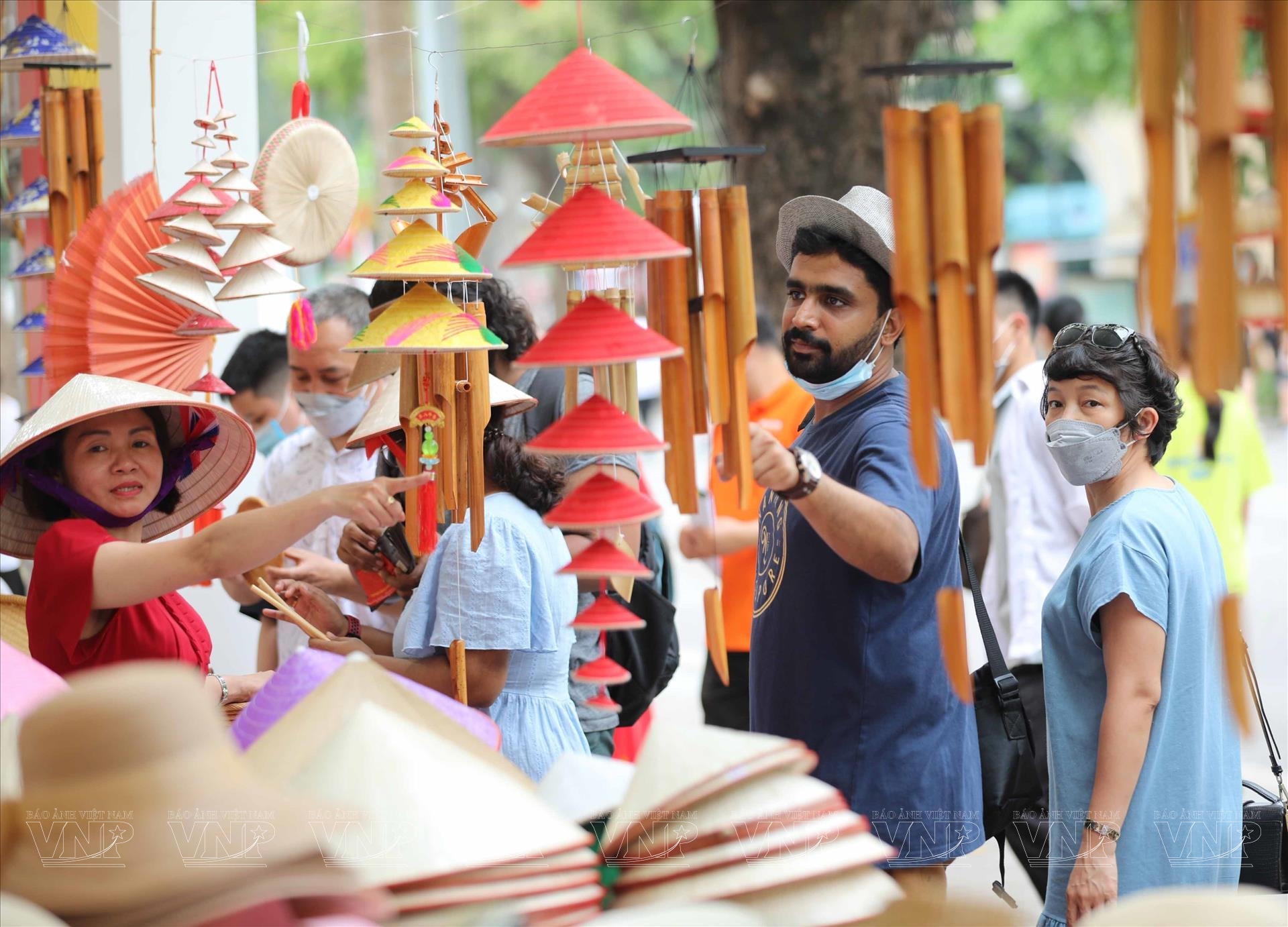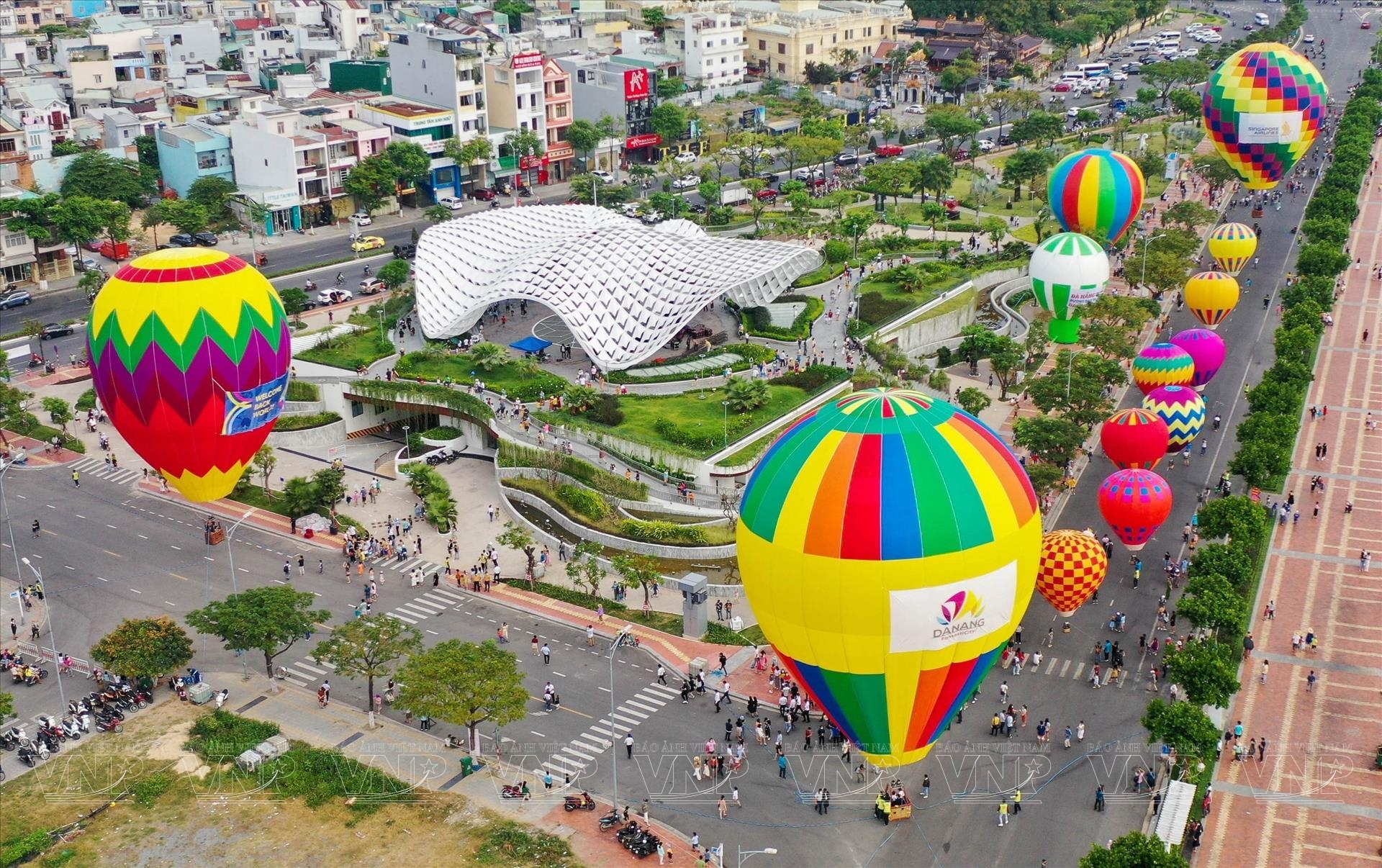ASEAN – An Ideal Tourism Destination
Tourism in Southeast Asian countries (ASEAN) in 2022 has entered its post-COVID-19 recovery phase. Many countries have exceeded the target of international visitors. ASEAN is an ideal tourist destination because of the region’s solidarity spirit, beautiful natural scenery and rich culture.
According to the World Tourism Organization (UNWTO), an ASEAN report shows that the number of hotel searches in the region increased by 28% since the beginning of 2022 while the rate of bookings increased by 57%. Overall tourism confidence across the region was up about 40%. The report emphasizes that ASEAN is an ideal tourist destination because it is a united region, with countries that are close in topography, rich in culture, diverse in cuisine, full of historical landmarks, beautiful scenery, ecotourism and modern cities as well as adventurous experiences.
According to the Tourism Authority of Thailand (TAT), Thailand welcomed 11.81 million foreign tourists in 2022, exceeding the previous target of 10 million. Thailand's foreign tourists mainly came from Malaysia, followed by India, Laos, Cambodia, Singapore, South Korea, Vietnam, the US, the UK and Russia. Thailand also ranked 5th among the most popular medical tourism destinations in the world last year, hence the country introduced the concept of “Health for Prosperity” to build economic strength through promoting medical tourism. Thailand aims to welcome 20 million foreign tourists in 2023, generating 2.380 billion baht in revenue.
According to Indonesia's Minister of Tourism and Creative Economy, Sandiaga Uno, this country welcomed nearly 5.5 million foreign tourists in 2022, surging by over 250% compared to the previous year. The recovery speed can be seen quite clearly compared to that during the COVID-19 period. To revive the industry, the Indonesian government will disburse an additional budget of 15 trillion rupiah (963 million US dollars) to develop five priority tourist destinations over the next two years. Indonesia has set an ambitious target of attracting up to 7.4 million foreign tourists by 2023.
Before COVID-19, Southeast Asia was one of the regions that was growing strongest in international tourism. According to data from the Asian Development Bank (ADB), in 2019, Southeast Asia received 137 million foreign visitors and nearly 1 billion domestic tourists. The tourism industry accounts for 12.1% of the region’s Gross Domestic Product (GDP). About 42 million people work in the tourism industry.
Meanwhile, ASEAN countries contributed greatly to Malaysia's international visitors, accounting for 68.5% of total arrivals before COVID-19. According to Malaysian Minister of Tourism, Arts and Culture, Nancy Shukri, ASEAN countries can work together to enhance marketing and promotion of the region's tourism services, which is in line with the new tagline of ASEAN tourism: “Destination for every dream”. The goal is to make ASEAN a quality tourism destination that offers unique and diverse ASEAN experiences and is committed to developing responsible, sustainable, inclusive and balanced tourism that makes a significant contribution to the socio-economy of ASEAN.
ASEAN recognizes the importance of tourism in sustainable development and resilience to crises. The vision of the “ASEAN Tourism Strategic Plan 2016-2025” is that by 2025, ASEAN will become a high-quality tourism destination. ASEAN will also make efforts to promote responsible, sustainable, inclusive and balanced tourism development, making an important contribution to the socio-economy of ASEAN.
Story: VNP Photos: VNA Translated by Hong Hanh

